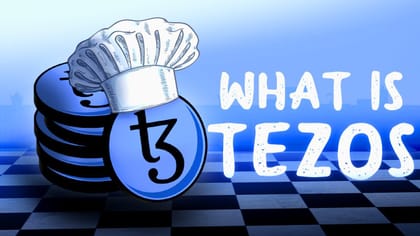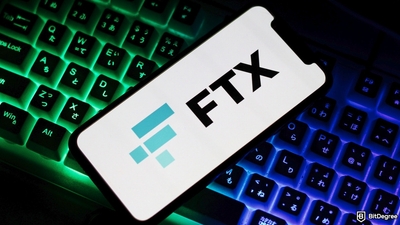Free Airdrop Season 7 is LIVE! Answer fun questions or do simple tasks to earn rewards from the $30K BitDegree prize pool. Participate Now ! 🔥
Voyager Reaches Resolution with Authorities to Proceed with Binance.US Deal
It seems that Voyager and Binance.US deal can see the light at the end of the tunnel.
The $1 billion plan for bankrupt crypto lender Voyager Digital Holdings to sell its assets to Binance.US has received a green light from US federal government.
According to an April 19th New York District Court filing, Voyager, the Official Committee of Unsecured Creditors, and the US government agreed that the deal for Binance.US to acquire Voyager's digital assets could proceed as planned.

Did you know?
Subscribe - We publish new crypto explainer videos every week!
What is Tezos? XTZ Cryptocurrency Easily Explained (ANIMATED)


The court filing also highlighted that the government is allowed to continue its appeal on exculpation provisions, which allegedly protect Voyager from specific legal liabilities.
On April 19th, the Voyager Official Committee of Unsecured Creditors took to Twitter to confirm the news, claiming that all parties had agreed on the condition that "appeals will continue with respect to the Plan's exculpation provision."
It is worth noting that Voyager and Binance.US deal has faced several challenges in the past few months. Recently, the deal was temporarily halted by a federal judge following a US government request for an emergency stay.
Despite objections from both Voyager and the Committee, on March 27th, Judge Jennifer Rearden approved the US government's request and stopped the acquisition proceedings.
It is not the firm's time US authorities tried to break the deal. It is worth remembering that on March 7th, US US bankruptcy judge Michael Wiles approved the sale of assets noting that delaying the deal would harm the interests of Voyager's former clients awaiting funds. Before that, the Securities and Exchange Commission (SEC) has been doing all it can to stop the deal from happening.
Based on the voting conducted at the end of February, 97% of Voyager's 61,300 account holders were in favor of the Binance.US deal.
This breakthrough in the Voyager-Binance.US deal demonstrates the complexities of the legal landscape surrounding cryptocurrency assets and highlights the need for clear regulatory frameworks to ensure smooth transactions in the industry.






















